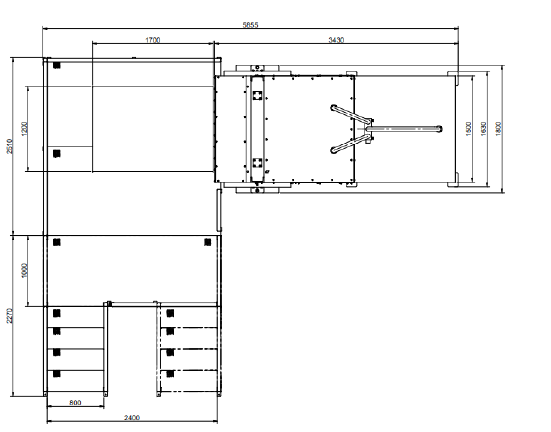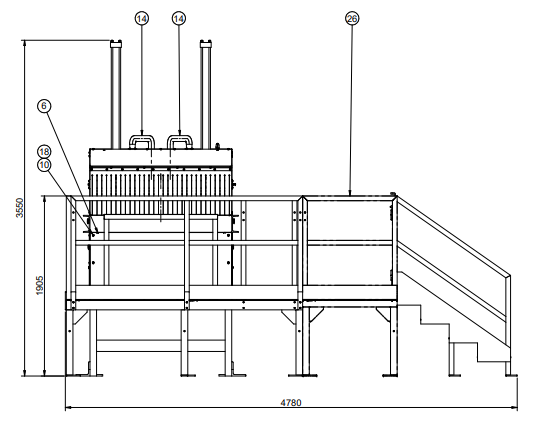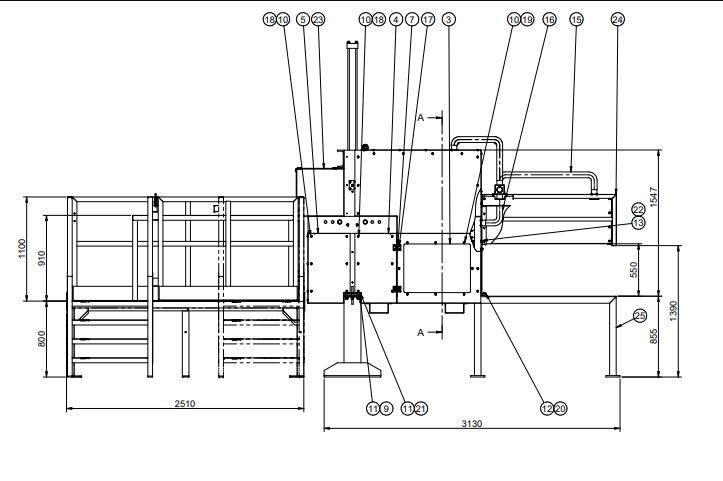Lithium battery recycling plant from electric and electronic devices and electric vehicles. The widespread use of batteries to power electrical and electronic devices has long been a well-known phenomenon. Most rechargeable devices are equipped with lithium batteries that must be disposed of and recycled at the end of their life cycle. The issue of lithium battery recycling, however, emerged in its complexity only with the spread of batteries dedicated to powering electric vehicles and the need for recycling aimed at recovering materials of high commercial and strategic value. Broadly speaking, the lithium battery recycling process can be schematized into three main stages:
1. Preselection and discharge, a functional activity to isolate the battery and secure it by removing residual energy.
2. Disassembly, aimed at isolating the modules and cells that make up the battery
3. Mechanical treatment to isolate and pre-concentrate metals, mainly copper and aluminum, separate anodic and cathodic powders, the "black mass," to be fed to subsequent processing for lithium, cobalt and nickel recovery.
Size reduction is entrusted to shredding systems of variable power and size. These perform fragmentation of the batteries into defined particle sizes to facilitate downstream activities. This is done as part of a dry process that does not require the use of water or other liquids. As a result, there is no need to provide for the disposal of polluted solutions. Lithium-ion batteries, as is well known, present certain risks since they can give rise to fires or self-combustion due to their energy density.
Recycling facilities must, in fact, be designed and built to ensure extremely high safety standards to avert combustion phenomena and to prevent any propagation outside the system. Refining and separation stage:
Reduction: is carried out using vertical mills and impact mills, machines capable of returning a finely sized and homogeneous product.
Separation: multiple separators are used that can perform subdivisions of heterogeneous material streams. These are precision systems that take advantage of the inherent characteristics of the materials to be separated.
Processing: metals from the processes, particularly copper and aluminum, are ready for the next stages of transformation into raw material for industrial use while the black-mass will be destined for chemical-physical separation treatments to recover the nobler elements. Battery recycling plants are built to the specific requirements of the user customer depending on the indicated capacity, layout and other existing specifics. The minimum capacity of a lithium battery recycling plant is generally stated to be about 250 kg/h.












